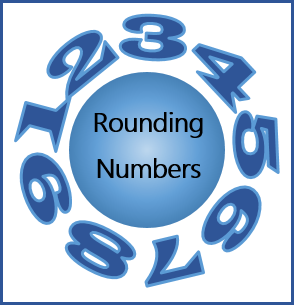
PLACE VALUE AND ESTIMATING
 |
Unit Overview
This unit is about using place value understanding to round whole numbers to the nearest 10 or 100 and estimating.
Place Value
Below is a model for the ones, tens and hundreds.
1 hundred, 3 tens, and 8 ones is equal to 138. 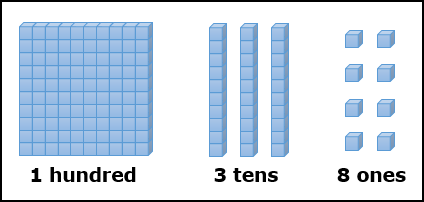 |
Place Value Games
 |
Click here to play some interactive games to practice your place value skills. Have fun! |
Estimation
|
|
Click on the link to watch the video "Rounding to the nearest 10".
|
|
Click on the link to watch the video "Rounding to the nearest 100".
You can also follow this rule for rounding:
| For the numbers 0, 1, 2, 3, and 4: Round to the lower ten or hundred because they are smaller numbers.
For the numbers 5, 6, 7, 8, and 9: Round to the higher ten or hundred because they are higher numbers. |
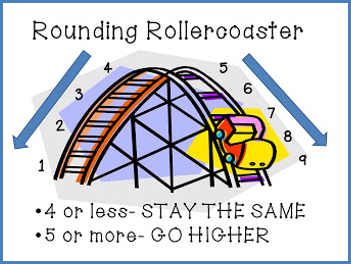 |
Look at the ones place. This number is a 7. For numbers 5, 6, 7, 8, and 9, you round to the higher ten. Therefore, Brooke has about 40 cows on her farm. |
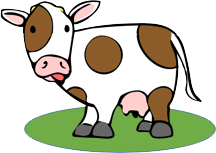 |
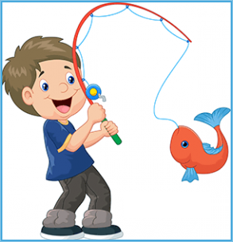
Round each number to the nearest ten, and then find the estimate.
65 – Look at the ones place. For numbers 5, 6, 7, 8, and 9, round to the higher ten. 65 ![]() rounds to 70
rounds to 70
12 – Look at the ones place. For numbers 0, 1, 2, 3, and 4, round to the lower ten. 12 ![]() rounds to 10
rounds to 10
16 – Look at the ones place. For numbers 5, 6, 7, 8, and 9, round to the higher ten. 16 ![]() rounds to 20
rounds to 20
Now, total the rounded numbers to get an estimate. 70 + 10 + 20 = 100.
Therefore, Jeff caught about 100 fish.
Estimating the size of a number is mainly mental math. Look at the examples below and estimate which answer will be a larger number.
Example 3: Use estimation to solve.
Which product is larger? 8 × 9 or 80 × 9
Without actually doing the math, you can see that 80 is larger than 8.
80 × 9 = 720 and 8 × 9 = 72
The larger product is 80 × 9 = 720.
Example 4: Use estimation to solve.
Which sum is larger? 100 + 100 or 50 + 50.
Without actually doing the math, you can see that 100 is larger than 50.
100 +100 = 200 and 50 + 50 = 100
The larger sum is 100 + 100 = 200.
Student Practice
| Rounding Worksheet | |
| Rounding by Comparison Worksheet |